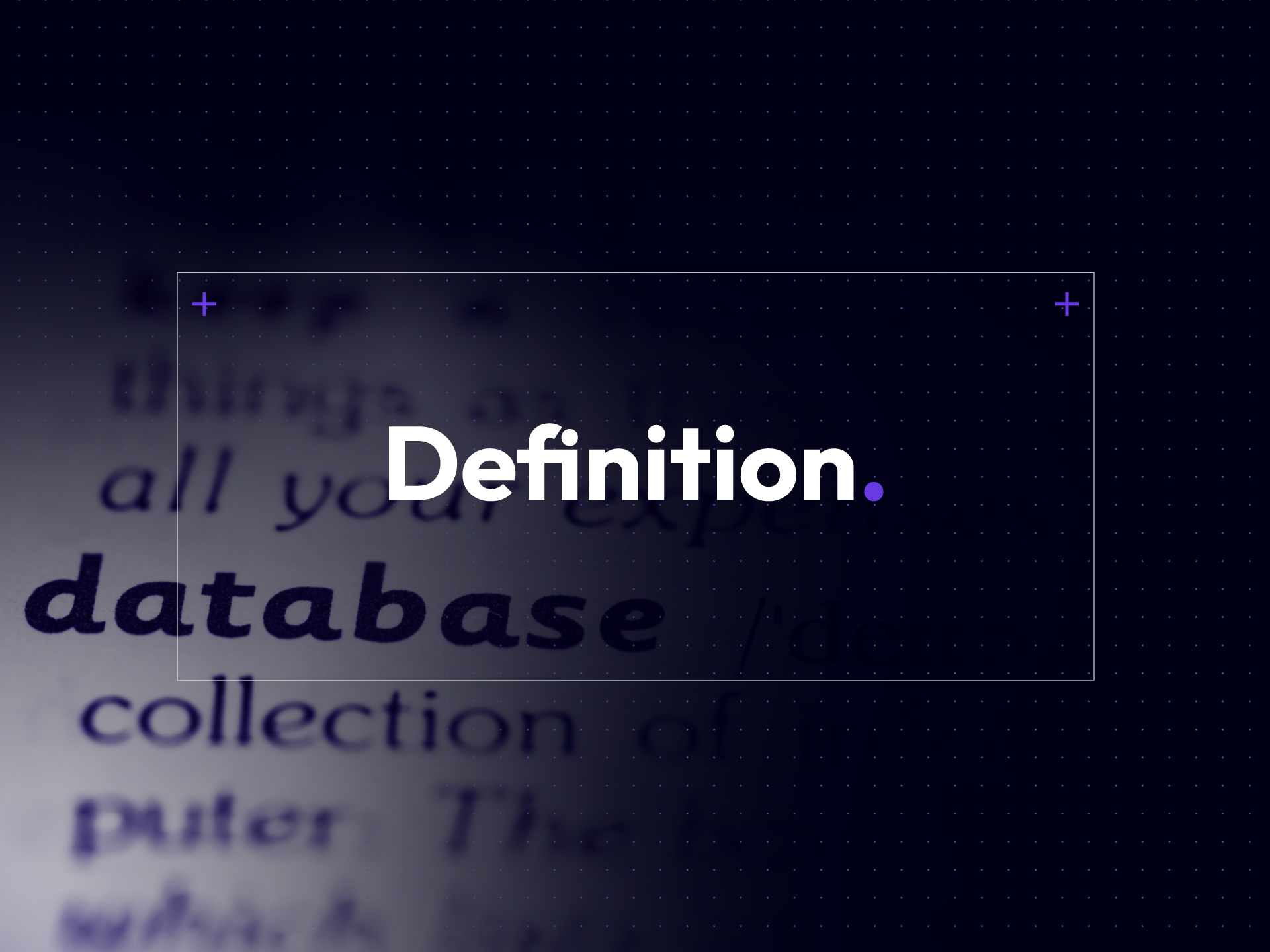Other news

What is Antenna Gain in Satellite Communications? (Explained simply)
Read more
Reflectarray Antennas for Small Satellites: From Concept to First Commercial Deployment
Read more
When speaking about antenna technology, understanding the nuances of Right-Hand Circular Polarization (RHCP) and Left-Hand Circular Polarization (LHCP) antennas is crucial. These terms often surface in discussions about satellite communications, GPS systems, and various radio frequency applications.
For those seeking a foundational understanding of polarization in space antennas, we recommend our detailed article, “Satellite Communications: What’s Signal Polarization and why is it important?“.
In this article, we’ll specifically focus on what RHCP and LHCP mean, and how these two types of antennas differ in functionality and application.
Right-Hand Circular Polarization (RHCP) refers to the way electromagnetic waves propagate in space. In an RHCP antenna, the electric field of the emitted radio wave rotates in a right-hand screw direction as it moves forward. This means if you were to look at the wave coming towards you, the electric field would be rotating clockwise.
RHCP antennas are widely used in applications like satellite communications and GNSS receivers, such as GPS, Galileo, GLONASS, etc.
Left-Hand Circular Polarization (LHCP) is the counterpart to RHCP. In LHCP antennas, the electric field of the wave rotates in a left-hand screw direction, meaning it appears to rotate counterclockwise when observed from the front.
LHCP antennas find their utility in similar applications as RHCP antennas but are often used to reduce interference. By employing LHCP and RHCP antennas in the same environment, it’s possible to differentiate between signals and reduce the likelihood of cross-talk.
Circularly Polarized antennas are widely used in applications where signal orientation varies or is unpredictable.
However, while RHCP and LHCP antennas serve similar functions, their applications and performance characteristics differ in several ways:
Understanding the differences between RHCP and LHCP antennas is essential for optimizing communication systems. Each type has unique characteristics and applications, making them suitable for various scenarios in antenna technology.
At Anywaves, we’re committed to providing in-depth knowledge and high-quality solutions in the field of advanced antenna systems. To know more about our products, don’t hesitate to browse our portfolio!



If you have any question, we would be happy to help you out.